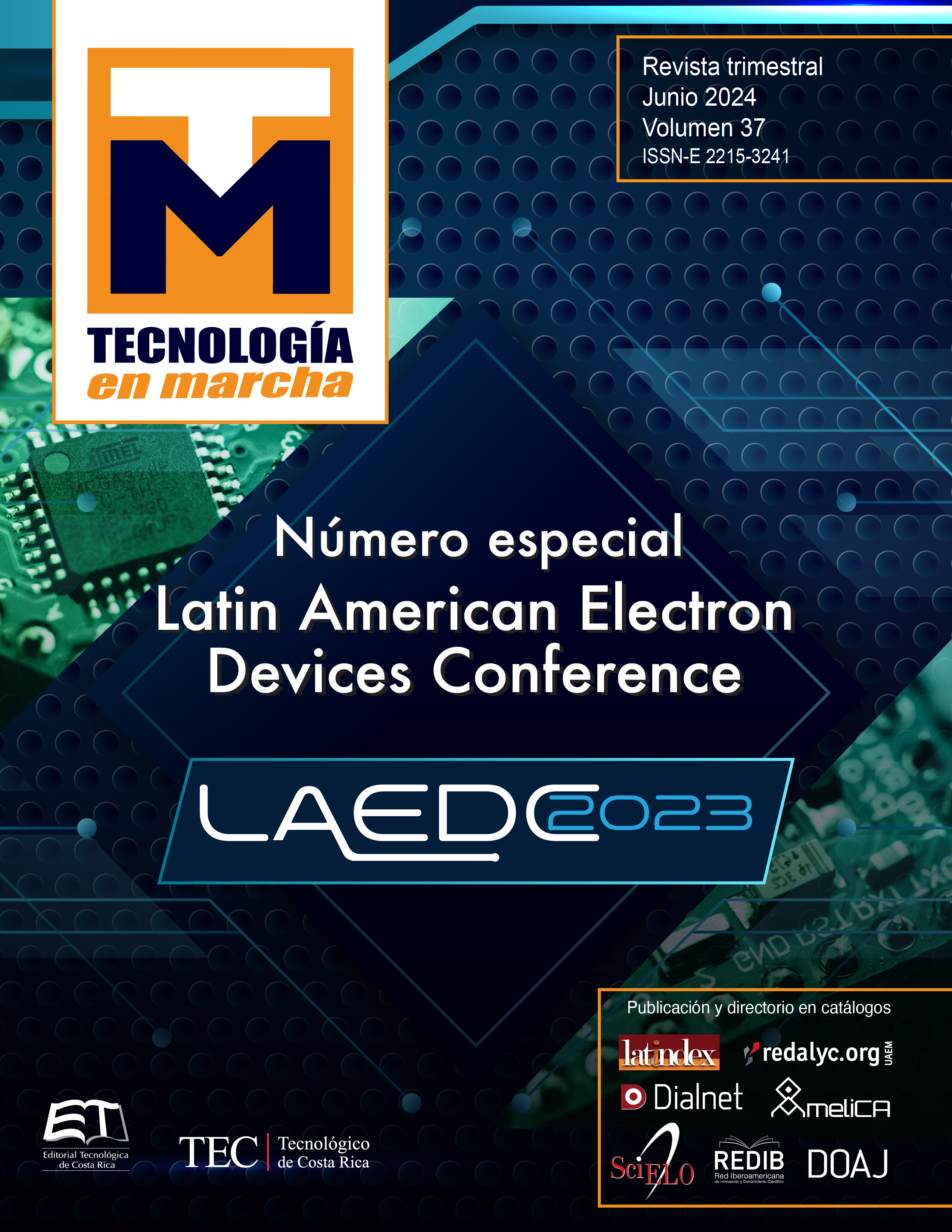A semiconductor and IC teaching BOT for accurate knowledge democratization
Main Article Content
Abstract
The pandemic of 2020 impacted different areas of society, such as health, the economy, and education. In addition, inequity to Internet access, to consumer electronic devices, and economic inequality increase the educational gap between developed and developing countries. Still, technological advances allow the possibility of mitigating the negative impacts by developing different tools to preserve the quality of education. Artificial Intelligence is a tool that has risen exponentially in the last years, primarily when it is used as an information browser. However, this tool must be more mature to guarantee the correct transmission of knowledge, especially in fields needing more available information. We present Silibot, a Chatbot that uses artificial intelligence models to support autonomous learning in semiconductor and integrated circuits fields. It is a tool developed to reduce inequity regarding access to education and complement the professors’ work during the classes. We implemented Silibot in Dialogflow CX with more than 90 % accuracy.
Article Details

This work is licensed under a Creative Commons Attribution-NonCommercial-NoDerivatives 4.0 International License.
Los autores conservan los derechos de autor y ceden a la revista el derecho de la primera publicación y pueda editarlo, reproducirlo, distribuirlo, exhibirlo y comunicarlo en el país y en el extranjero mediante medios impresos y electrónicos. Asimismo, asumen el compromiso sobre cualquier litigio o reclamación relacionada con derechos de propiedad intelectual, exonerando de responsabilidad a la Editorial Tecnológica de Costa Rica. Además, se establece que los autores pueden realizar otros acuerdos contractuales independientes y adicionales para la distribución no exclusiva de la versión del artículo publicado en esta revista (p. ej., incluirlo en un repositorio institucional o publicarlo en un libro) siempre que indiquen claramente que el trabajo se publicó por primera vez en esta revista.
References
U. N. ECLAC, “The sociodemographic impacts of the covid-19 pandemic in latin america and the caribbean,”
Fourth session of a Regional Conference on Population and Development in Latin America and the Caribbean.,
pp. 1–154, 2022.
U. N. D. P. U. R. B. of Asia and the Pacific, “The-social-economic-impact-of-covid-19-in-the-asia-pacificregion,” pp. 1–36, 2020.
A. G ́eron, Hands-on machine learning with Scikit-Learn, Keras, and TensorFlow. ” O’Reilly Media, Inc.”, 2022.
I. Goodfellow, Y. Bengio, and A. Courville, Deep learning. MIT press, 2016.
A. F. Muhammad, D. Susanto, A. Alimudin, F. Adila, M. H. Assidiqi, and S. Nabhan, “Developing english
conversation chatbot using dialogflow,” in 2020 International Electronics Symposium (IES). IEEE, 2020, pp.
–475.
C. Kidd and B. Saxena. (2021) Nlp vs nlu: What’s the difference? [Online]. Available: https://www.bmc.com/
blogs/nlu-vs-nlp-natural-language-understanding-processing/
G. Brustenga, M. F.-A. Guillerm, and N. Molas-Castells, “Briefing paper: chatbots in education,” Barcelona,
J. J. Sophia and T. P. Jacob, “Edubot-a chatbot for education in covid-19 pandemic and vqabot comparison,”
in 2021 Second International Conference on Electronics and Sustainable Communication Systems (ICESC).
IEEE, 2021, pp. 1707–1714.
J. A. Lopez Cubides, “Dise ̃no, desarrollo y entrenamiento de un bot para
una plataforma transmedia del p ́aramo de santurb ́an,” Ph.D. dissertation,
Universidad Industrial de Santander.
O. Tapalova and N. Zhiyenbayeva, “Artificial intelligence in education:
Aied for personalised learning pathways,” Electronic Journal of eLearning, vol. 20, no. 5, pp. 639–653, 2022.
J. Franganillo and J. Guallar, “Chatgpt escribe un poema al estilo de lorca: el resultado muestra sus debilidades,” The Conversation, 2023, 6 febrero., 2023

